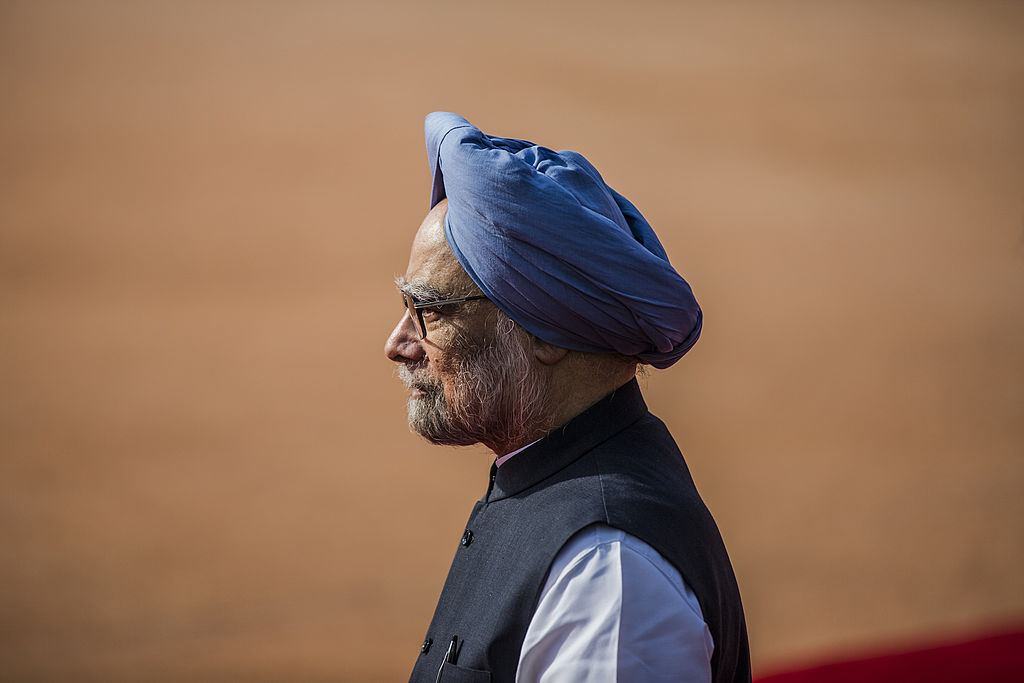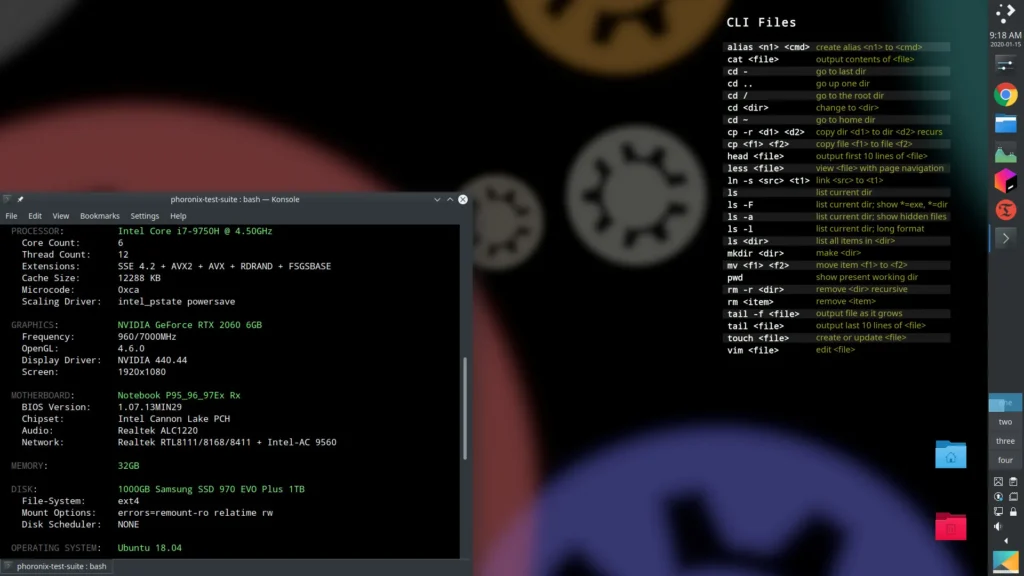Former Indian prime minister Manmohan Singh, who has died aged 92, made an impressive contribution to contemporary India. As finance minister, he was the architect of the country’s economic liberalisation. As prime minister, he championed a deal with the United States on India’s nuclear energy program.
Both represented fundamental shifts in India’s direction with long-lasting effects. His apparently apolitical, academic background made him appear as a mild, risk-averse leader, but both the liberalisation and the India-US nuclear deal took India into unchartered and potentially risky waters.
Singh was born in a village in what is now Pakistan’s Punjab province. His family moved to India after the partitioning of what had been British India. Educated in Pakistan and India and later at Cambridge and Oxford—from where he received his doctorate in economics—he worked as an academic and in various policymaking institutions, including as governor of the Reserve Bank of India and deputy chairman of the Planning Commission. In 1991, P V Narasimha Rao, prime minister of a newly elected Congress-led coalition government, made him minister of finance.
This led to Singh’s first and the most important contribution, his pivotal role in the opening of the Indian economy and the liberalisation process from 1991 to 1996. The drastic economic and foreign-exchange situation that the country faced—India had barely enough US dollars to pay for a couple of weeks of imports—demanded equally drastic solutions. His economic reforms changed India’s development trajectory, moving India’s economy up from the what had been derided as the Hindu growth rate to more than 7 percent a year.
Shifting the focus from the public to private sector, it was a radical change of direction. India’s new economic dynamism and its status as a rising power resulted from Singh’s policies. Also for the first time, India began to look for international economic collaboration, initiating the Look East policy to build closer linkages with dynamic Southeast Asian economies.
In 2004, a Congress-led coalition unexpectedly won power. Equally unexpectedly, the unassuming non-politician Singh was nominated as prime minister. This set the stage for his second transformative achievement, the India-US civil nuclear deal, which changed the course of India’s relationship with the global nuclear non-proliferation architecture. India had refused to sign the nuclear Non-Proliferation Treaty (NPT) and in 1998 had conducted nuclear tests and declared itself a nuclear power. But this required some acceptance from the US, the reigning unipolar power.
Building on initiatives by the previous government of Atal Bihari Vajpayee, Singh reached agreement with the US to normalise India’s civil nuclear activities. More importantly, this transformed relations with Washington. It removed India’s pariah status in the global nuclear order even if it did not remove India’s non-nuclear weapon status under the NPT. India went on to be recognised for its exceptionally clean record in nuclear non-proliferation. The civil nuclear agreement, signed in 2008, was critical in opening nuclear commerce opportunities with the rest of the world.
As prime minister, Singh recognised the need for a closer and warmer relationship with the US, for both economic and strategic reasons. He found a willing partner in US president George W Bush, who was keen to see India at the centre of Asian security order. The US and India each had an eye on China as they built this relationship.
India’s changed relationship with Australia was also a consequence. Singh, along with then prime minister Kevin Rudd, elevated the Australia-India relationship to a strategic partnership in 2009, setting the scene for strengthened relations. Though, to be fair, the modern day comprehensive partnership, including regeneration of the Quad, did not take hold until later under Prime Minister Narendra Modi, who, unlike Singh, visited Australia.
The Bush administration took the leadership in getting various exemptions required within the US domestic legal structure as well as the global ones at the Nuclear Suppliers Group, the member countries of which seek to support nuclear non-proliferation. Neither was easy.
Singh also faced challenges, leading a disparate coalition government in the Indian parliament that included communist parties that unrelentingly opposed the deal. His own party was less than supportive, not understanding why the government had to be risked for a deal for closer ties with the US. But Singh was equally determined, reportedly threatening to step down as prime minister if his party didn’t support him; this forced the Congress party leadership to back him. The communists withdrew their support to the coalition, but the coalition, and the nuclear deal, survived.
He remained prime minister until 2014.
Singh had his share of disappointments too. The vaunted economic liberalisation hasn’t entirely dismantled the central economic and market role of the Indian government, with bureaucratic obstructionism and red tape still a serious problem. Equally, he was unable to prevent his own party from undermining his nuclear deal with a destructive nuclear liability law that negated much of the benefits of nuclear commerce that the deal promised.
But probably his biggest failure was in failing to respond forcefully to the Mumbai terror attack, when Pakistani terrorists held the city to ransom for two days. His failure led to an image of Indian impotence that no doubt led to greater support for the much more assertively nationalist turn in Indian politics.
Singh was known as the accidental prime minister, a characterisation that he appeared to like. This was both his strength and his limitation. But, as he himself asserted at his last press conference as prime minister, history will no doubt prove kinder to his record and achievements.
Manmohan Singh, born on 26 September 1932, died in Delhi on 26 December 2024.

